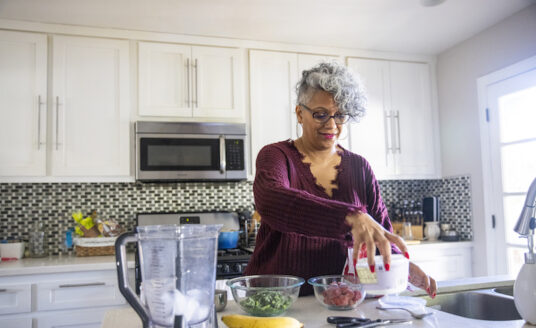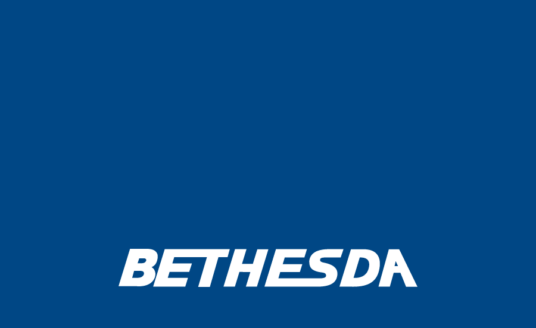Our hands and fingers need strength, flexibility, and touch to lift, turn, press, pull, grip, twist, manipulate, tap, and hold things every day.
As a senior, however, you may have noticed your hands and fingers have lost some of their dexterity. Or perhaps it has become more difficult to perform tasks that were second nature to you before. Let’s explore some of the reasons why this happens:
Why Our Dexterity Changes as We Age
For many, manual dexterity seems to remain stable until about age 65. However, one of the most common changes that occurs throughout the body is sarcopenia, or the reduction of muscle mass. This causes the loss of grip strength in the hands and forearms, which — according to the National Library of Medicine — is directly related to hand dexterity.
The tensile strength (i.e., the maximum stress a structure can sustain) of the tendons in the hand, which attach muscle to bone, decreases by 30-50 percent as we age.
Older hands and fingers are especially prone to arthritis, especially osteoarthritis and rheumatoid arthritis. This results in pain, swelling, joint deformities, bone spur formation, restricted ranges of motion in the wrist and fingers, and the ability to grip and pinch objects.
After age 50, bone density of the hand tends to decrease, causing a decline in manual dexterity. The number and diameter of nerve fibers also decrease, and there is a reduction in the number of nerve cells that signal muscles to contract and relax. Consult with your physician if you feel you are suffering from one or more of these conditions.
Exercises for Maintaining Manual Dexterity
Although dexterity naturally decreases as we age, there are exercises and activities that you can perform to maintain or potentially enhance the health and function of your hands and fingers. However, please consult with your physician before starting these exercises.
Use boards with locks and latches.
These activity boards are mounted with various everyday objects such as chain bolts, sliding bolts, padlocks with keys, buckles, faucet handles, and switches, which require fine motor skills, finger dexterity, and hand-eye coordination to manipulate.
Work with clay or putty.
Using clay or hand-therapy putty, squeeze with each hand and roll it back and forth. Pinch the putty between your thumbs and forefingers and fold it into different shapes. Resistance to the clay or putty strengthens your hands and fingers.
Make a fist.
Make a fist and squeeze hard inward. Hold for three to five seconds, and release slowly. Do the same with each hand multiple times until you start to feel tired to increase hand strength and dexterity.
Give the “OK” sign.
Extend your hand out and straight (like you were going to shake someone’s hand). Create an “O” shape by touching your thumb to your index fingertip. Next, touch your thumb to your middle fingertip. Make this movement with the rest of your fingers. Repeat multiple times, and then switch and repeat with the opposite hand.
Try finger lifts.
Start with your hand palm-side down on a table. Lift your thumb slowly off the table and hold for two seconds. Gently lower your thumb back down. Repeat for each finger, and then repeat the sequence on the opposite hand.
Practice thumb bends.
Begin by holding up one hand with your fingers straightened, and bring your thumb into your palm. The goal is to reach for the bottom of your pinky finger (don’t worry if you can’t reach that far). Hold the bend for a few seconds, then return to the starting position. Repeat a few times, and then switch to your other hand.
Perform wrist stretches.
Extend your right arm in front of you with your palm facing the floor. Bend your wrist, pointing the tips of your fingers toward the floor. With your left hand, gently bend your right wrist toward you until you feel a mild to moderate stretch in your forearm. Hold this position for at least 15-30 seconds, then switch to your left arm and repeat 2-4 times. (If you are experiencing numbness or tingling in your hands, you should be evaluated by a physician.)
Sew.
Working on crafts such as sewing involves very precise movements along with grasping and manipulating small objects. This is a great manual dexterity activity.
Enjoy origami.
The word “origami” translates to “folding paper” or “to fold paper.” There are different types of origami and many books and online guides to learning this hobby which works both the brain and the hands in creating beautiful designs.





